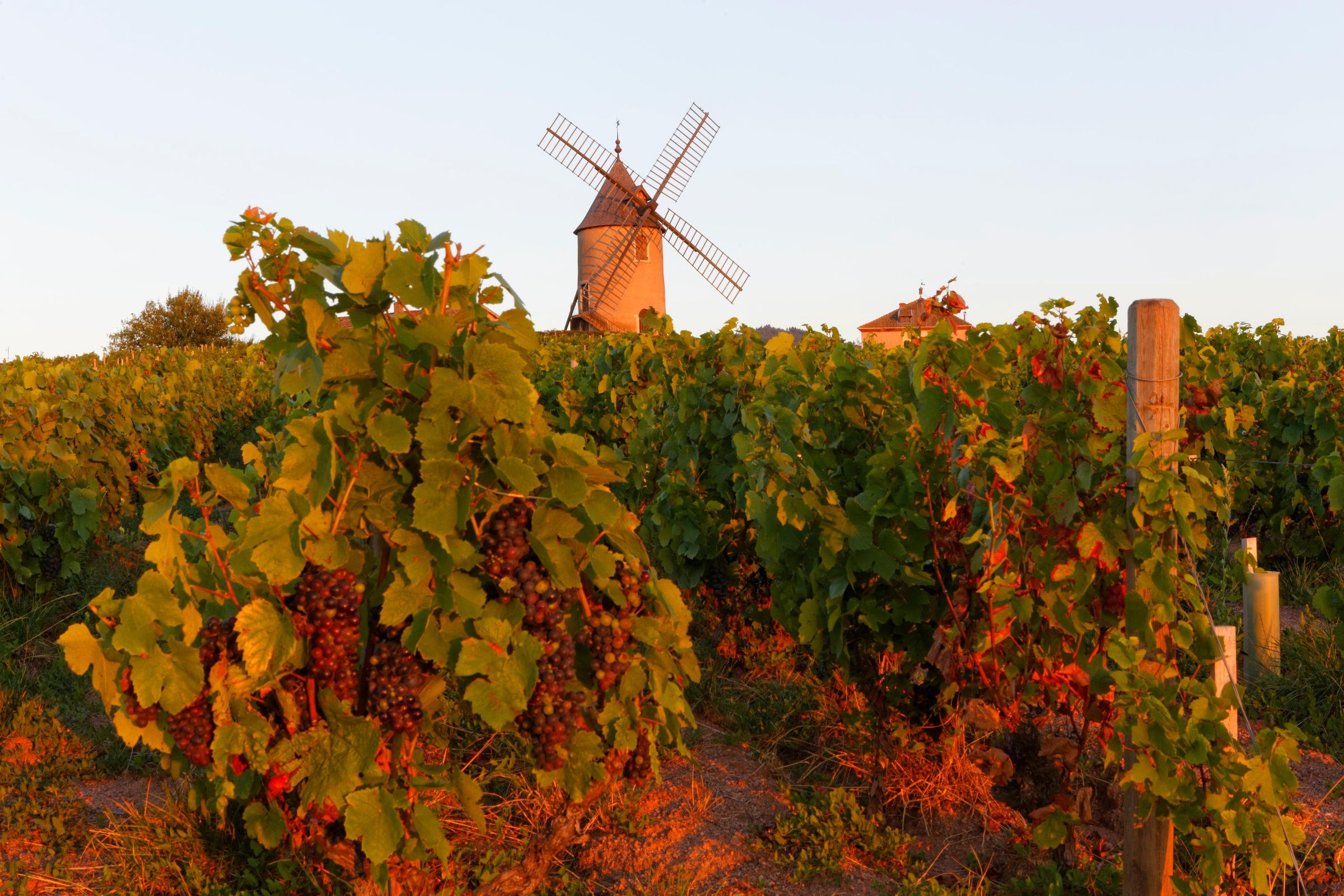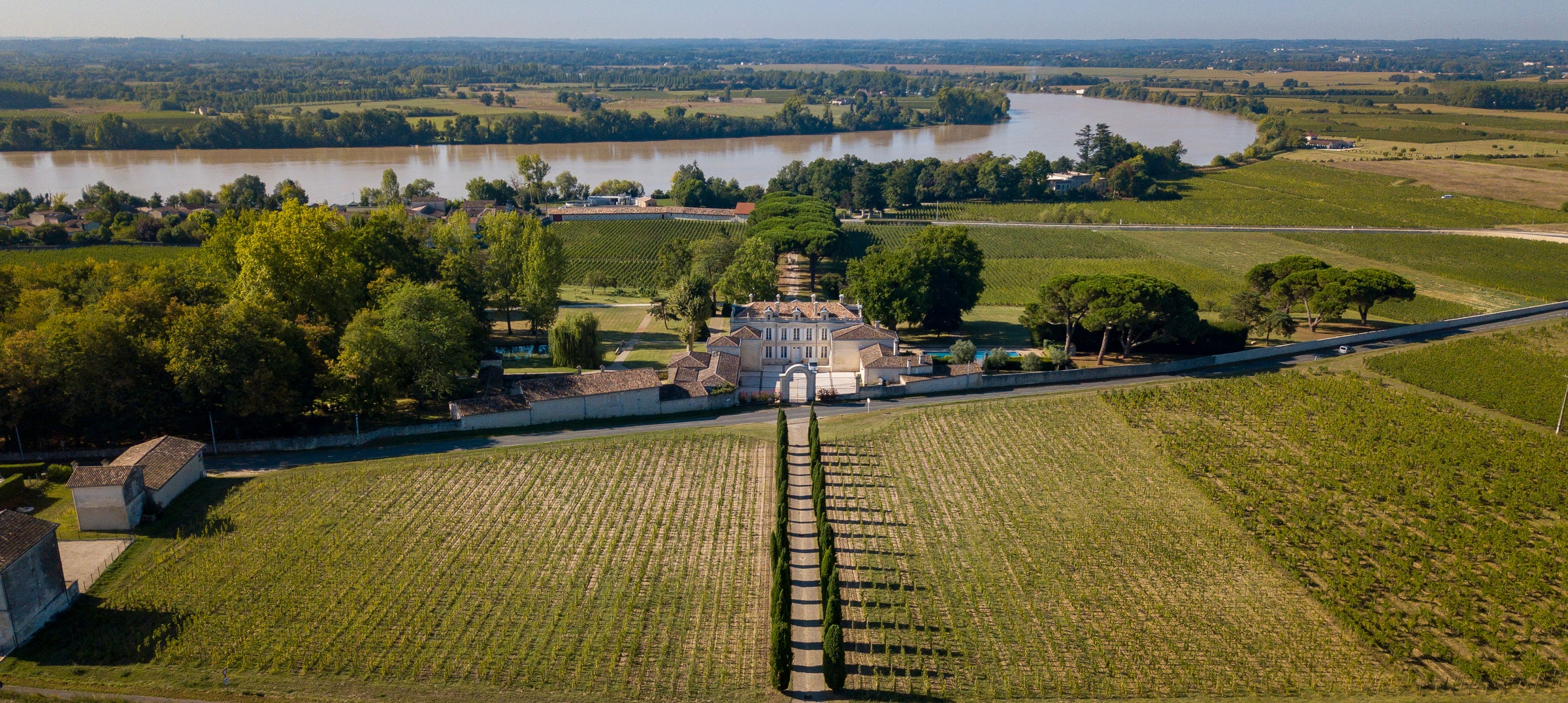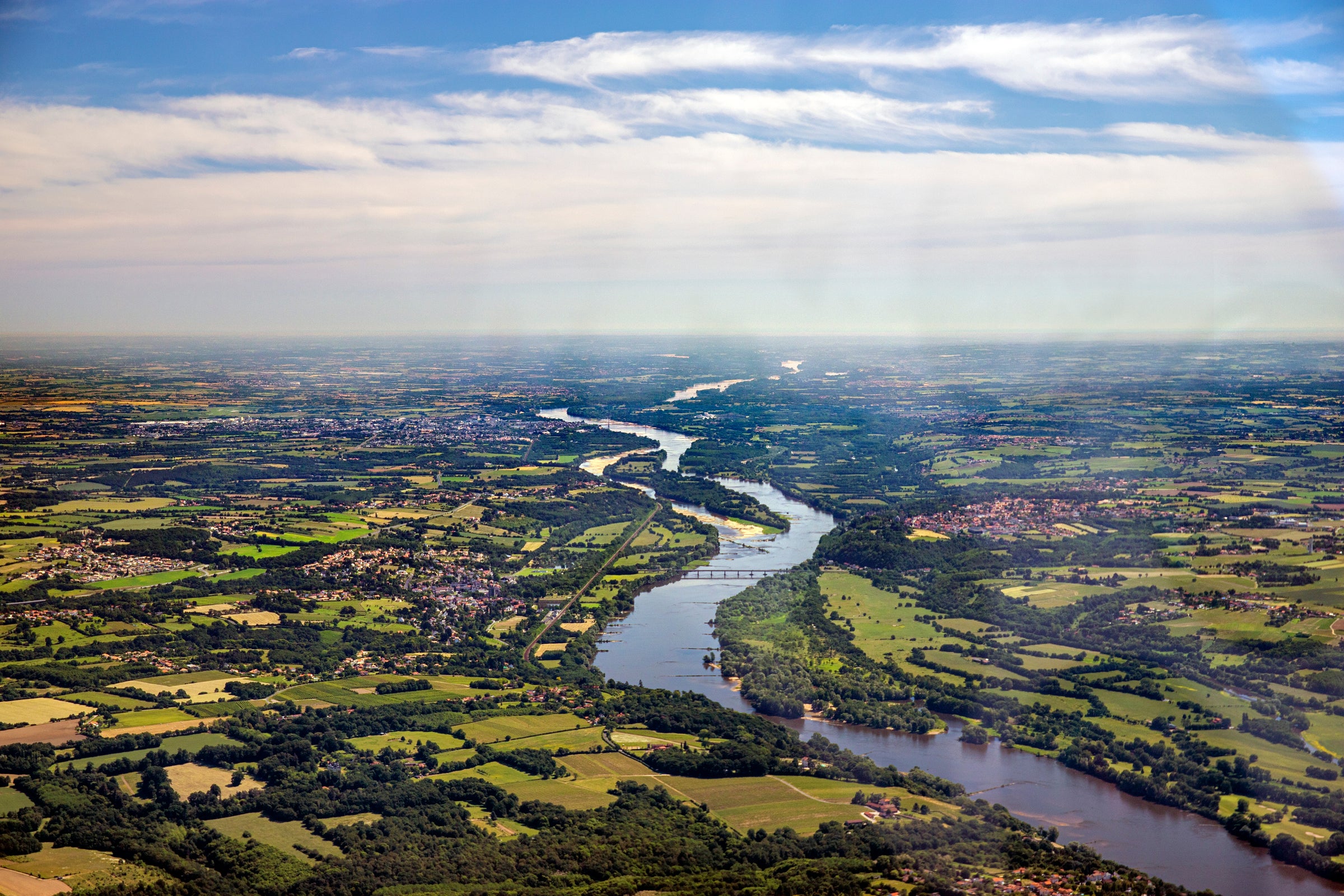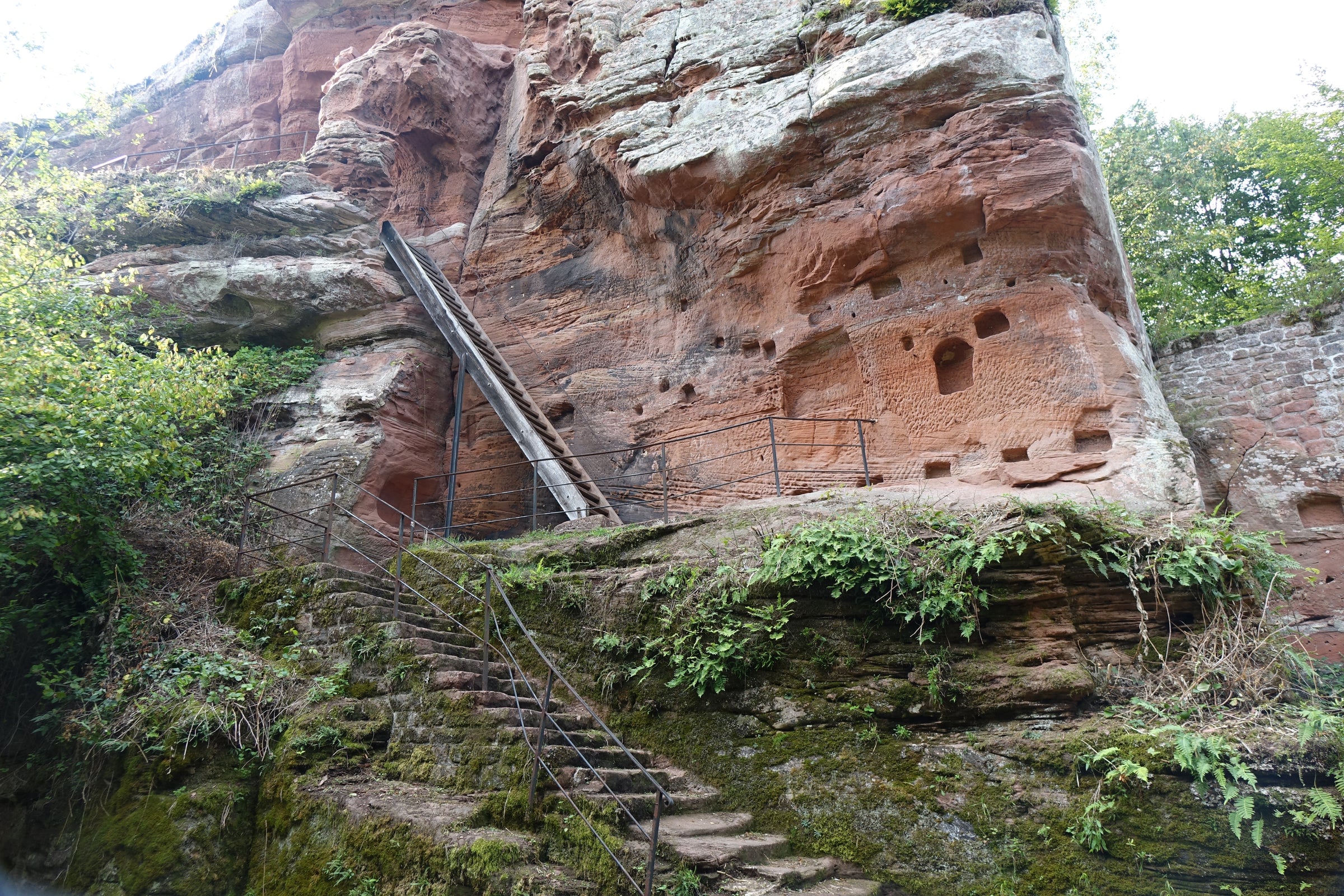While this is indeed a tremendously savory expression of mature Bordeaux whose source vineyard lies just a couple of miles from Châteaux Margaux, that’s only one of four weapons today's Left Bank gem possesses. The others are (1) an absurdly long history, (2) a legendary wine consultant, and (3) perfect provenance—but we only import Bordeaux that’s been properly cellared so that’s not today’s focus. Right now, it’s all about Château Citran’s exceptional antiquity and winemaking talent.
When we think of the famous 1855 Classification, which heralded the exorbitantly priced Growths of Bordeaux, “historic” is generally used as a descriptor. That, however, is child’s play for Château Citran: The estate/seigniory was built 600+ years before that and their treasured land was tended by a single family for nearly all of them. Meaning, this 2006 Bordeaux has far more than 15 years of age packed inside—it contains centuries of pedigree and intrigue! Secondly, and arguably the greatest contributing factor to today’s breathtakingly classic Cabernet-Merlot, is Château Citran’s wine consultant, Eric Boissenot. Serious Francophiles will know that Eric has worked closely with First Growths Margaux, Latour, Lafite, and Mouton, as well as many other prominent châteaux. Jancis Robinson refers to him as “Bordeaux's secret ingredient” and Third Growth Château Lagrange has even gone on record stating that Eric and his small team “make the greatest wines of the world.” Excited yet? Well, what if I told you it can all be experienced for $36? Buy up to 12 and rejoice!
NOTE: This small parcel will be arriving at our warehouse on August 13th (along with the 1999 Château Renard Mondésir that was offered three weeks ago).
The picturesque Château Citran is located in the Haut-Médoc village of Avensan, just two miles west of Château Margaux as the crow flies. Designated as a historical monument heritage in 2012, this 12th-century fortress and estate remained in the hands of the same family for 600 years! It was the Clauzel family, however, that ushered the estate into the 19th century and 20th centuries, but two World Wars eventually sent the grand château and its vineyards into steep decline. Two more owners would work to resuscitate the historic property, including a Japanese holding company that invested some serious cash into renovations. In 1987, the Merlaut Family and their firm, Groupe Taillan, purchased Citran. Taillan owns several prominent châteaux in Bordeaux—including famous Second Growth Gruaud-Larose—and, under Jacques Merlaut, a profound sense of new life has been breathed into Citran.
Sustainable farming of the estate’s vines, plus manual harvesting and two crop sortings, have played key roles in what can only be described as a renaissance at Citran. They produce two cuvées here, and “Moulins de Citran” follows the “second wine” model. Generally, this means a smaller-production red from younger vines that sees less new oak—best of all, they’re affordable! Today’s 2006 is a blend of 50% Cabernet Sauvignon and 50% Merlot, which was derived from vines buried in sandy gravel and chalky marl soils, respectively. The hand-harvested fruit was sorted in both the vineyard and cellar, and was fermented in a combination of tanks and barrels. It then aged in mostly used French oak barrels for 15 months. Our parcel was bottled in the first quarter of 2008, where it then rested undisturbed for nearly 13 years.
In the glass, today’s 2006 Moulins de Citran Haut-Médoc displays a hazy ruby core that moves out to a brickish garnet on the rim. What was clearly once an explosive, lush young wine has evolved over the course of 15 years into a nuanced, perfumed, and savory stunner. You’ll uncover complex and sublime aromas of black and red currant, dried black raspberry, dried cherry, charred plum, vintage leather, cedar, autumnal leaves, dried herbs, and wet gravel. I would decant this wine for sediment about 15 minutes before serving in Bordeaux stems, allowing it to come up from cellar temp to about 60 degrees. Its elegance, suppleness, and cured tobacco savor call for something a little gamey, like the attached roasted/stuffed leg of lamb. Our mission to find a way for everyone, regardless of budget, to enjoy the complex aromas and evolved flavors of mature red wine with regularity has been achieved with today’s 2006 Moulins de Citran! Enjoy now and over the next five years.








